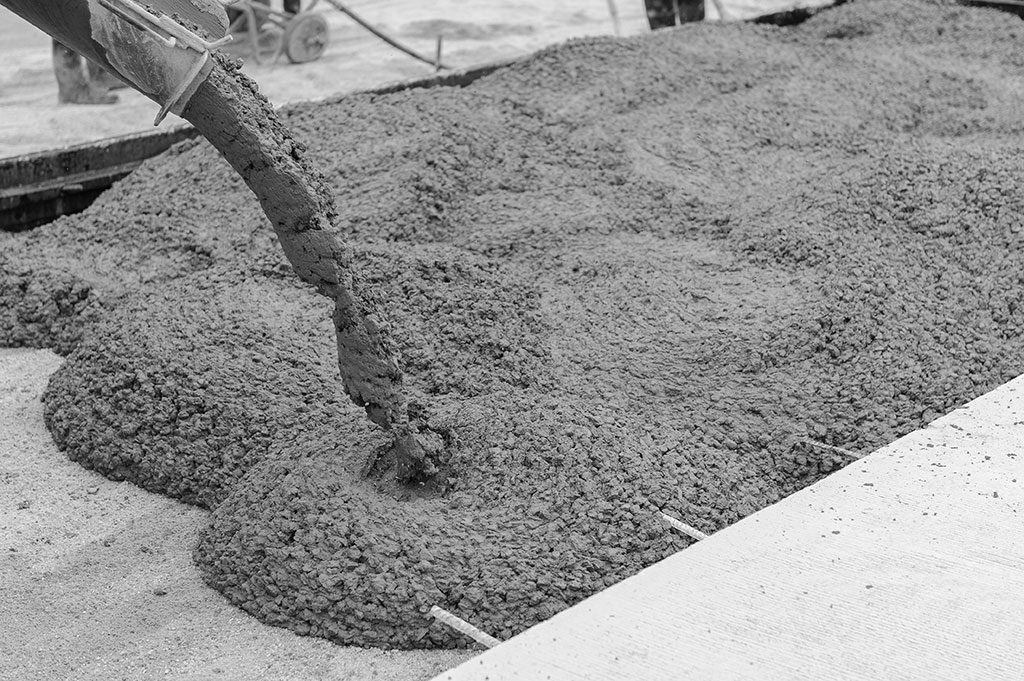A concrete slab is a flat concrete surface which supports evenly distributed loads – whether dead or live loads depending on the type of building – in an even manner.
Concrete slabs installed and sealed properly may last over 100 years if properly installed and maintained, though their cracking risks increase in climates with frequent freeze-thaw cycles.
Strength
Concrete slabs Melbourne can be constructed using various materials, such as wire mesh and steel rebar, for additional strength. Chemical additives may also help increase its strength.
Flat slabs are reinforced concrete slabs not supported by columns and capable of lifting, but this movement is prevented by their weight and other loads. Flat slabs are ideal for projects requiring large amounts of floor space.
Rebound hammer and penetration resistance tests can be used to monitor the compressive strength of concrete slabs during construction, but are considered less accurate than other testing methods, such as pullout test and ultrasonic pulse velocity method. Furthermore, pullout testing requires drilling holes into the concrete and requires taking numerous samples for accurate results – which may prove costly; other testing methods can help mitigate some of these drawbacks.
Durability
Concrete slabs may last a long time depending on how they’re constructed and utilized. When constructed correctly with reinforced and sealed joints, they can withstand significant loads without cracking. Exposure to weather elements will have an effect on its longevity; while underground placement will add another dimension.
A slab is typically installed over undisturbed soil or on a base that has been compacted to meet the specifications set out by a building engineer, with proper compaction being essential for long-term structural integrity and settlement prevention. When compaction falls short, settlement may occur and structural integrity could be compromised, potentially leading to costly repair bills in future years.
Two-way slabs feature support beams at all four corners to evenly distribute weight across its surface and are commonly found in multi-storey buildings.
Thermal conductivity
Concrete slabs provide excellent thermal mass, thereby reducing heating and cooling loads for buildings. A concrete slab may be constructed on undisturbed soil or compacted base according to specifications determined by an engineer.
Testing the compressive strength of concrete slabs can be accomplished using various methods. One such approach involves pulling an embedded metal rod through and measuring its return velocity – this corresponds to its compressive strength.
Other testing methods include core sampling and the rebound hammer test, which measures elasticity, resistance to deformation or stress and density in concrete samples and correlates it with their strength. Concrete manufacturers have found that employing both methods together improves accuracy in strength data. Surface finishes on a slab can have many different effects; however covering it with insulation reduces its effective thermal properties.
Noise
Concrete slabs are widely used to construct floors and roofs of buildings, bridge decks and tanks as well as various other flat surfaces. As a structural unit they resist gravity loads acting upon them and transmit them vertically framed systems like beams and columns for support.
Durability in concrete lies in its resistance to cracking and delamination. Delaminations are voids formed within newly laid concrete after placement that appear either at its surface or throughout its entirety; when drummy areas appear on its surface, a careful inspection must be conducted to assess whether these voids are serious and how best to repair them.
To prevent delamination, final finishing must commence immediately following the bleeding process has run its course. Unfortunately, this timing can be hard to pin down due to job-specific factors that influence it; such as sticky mixes, higher initial temperatures or variations in cementitious content all having an effect on how fast bleeding takes place and thus when final finishing should start.

